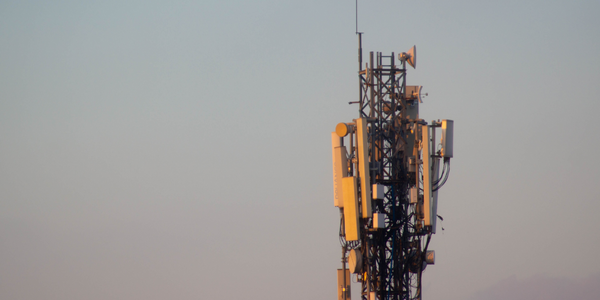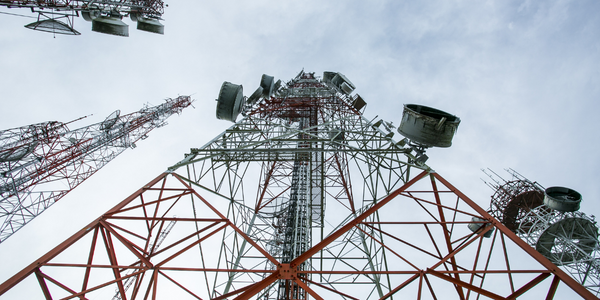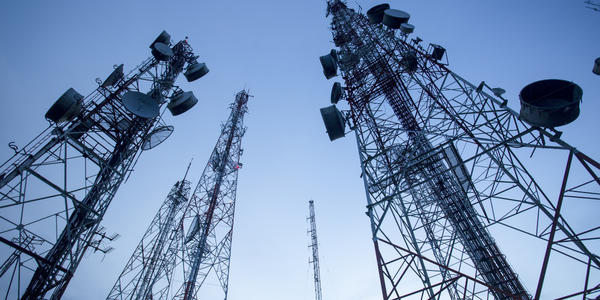公司规模
Large Corporate
国家
- United States
产品
- Discord
- Cloudflare
技术栈
- Websockets
- Content Delivery Network (CDN)
- Google Cloud
实施规模
- Enterprise-wide Deployment
影响指标
- Cost Savings
- Customer Satisfaction
技术
- 基础设施即服务 (IaaS) - 云计算
- 网络安全和隐私 - 网络安全
适用行业
- 电信
适用功能
- 商业运营
用例
- 网络安全
- 车队管理
服务
- 云规划/设计/实施服务
- 网络安全服务
关于客户
Discord is a voice and text communication app for online computer gamers. Discord’s goal is to become the de-facto standard communication app for PC gamers, and they’ve seen success, boasting 2.4 million concurrent users and over 25 million registrations as of July 2016. As Discord prepared for rapid growth, they needed a way to affordably and quickly scale their existing hardware infrastructure, while maintaining performance and security. They needed to transition from serving their content from a single homed server to a high performing CDN (Content Delivery Network) partner that could serve their static assets from all around the globe. They also needed to protect their websockets-based traffic from the rampant DDoS attacks that they were experiencing.
挑战
As Discord prepared for rapid growth, they needed a way to affordably and quickly scale their existing hardware infrastructure, while maintaining performance and security. Performance wise, Discord would need to transition from serving their content from a single homed server to a high performing CDN (Content Delivery Network) partner that could serve their static assets from all around the globe. Security wise, Discord needed to protect their websockets-based traffic from the rampant DDoS attacks that they were experiencing. As CTO Stanislav Vishnevskiy explained, “Since we are a gamer focused product we attract a lot of users who love to DDoS each other during game matches. As we grew more popular the intensity and occurrences of these DDoS attacks increased to the point where our engineers were constantly dealing with them.” Vishnevskiy continued, “Before Cloudflare, we were using a large number of HAProxy boxes with DNS load balancing to be able to failover during DDoS attacks on our real-time gateways.” However, their initial hardware solution could cost Discord up to six figures annually at scale and would still require work from Discord’s engineers.
解决方案
In August 2015, Discord came to Cloudflare just as they hit 25,000 concurrent users, and Cloudflare provided immediate, lasting performance and security benefits. Discord easily scaled the business to their current 2.4 million concurrent users (a 400% growth in just one year), by leveraging Cloudflare’s Content Distribution Network (CDN). Cloudflare’s CDN works by caching content to over 100 global Points of Presence (PoP’s), and then serving it directly to users from the nearest PoP. Over 2PB of Discord’s traffic per month is served directly from Cloudflare’s edgeside cache to Discord’s users. In turn, Discord, a Google Cloud customer, both provides customers with a snappier application through the high speed interconnections between Cloudflare and Google Cloud and saves over $100,000 monthly on their Google Cloud bill. In addition, Discord gets tremendous comfort from knowing Cloudflare’s security is always on protecting and serving their traffic.
运营影响
数量效益

Case Study missing?
Start adding your own!
Register with your work email and create a new case study profile for your business.
相关案例.

Case Study
Vodafone Hosted On AWS
Vodafone found that traffic for the applications peak during the four-month period when the international cricket season is at its height in Australia. During the 2011/2012 cricket season, 700,000 consumers downloaded the Cricket Live Australia application. Vodafone needed to be able to meet customer demand, but didn’t want to invest in additional resources that would be underutilized during cricket’s off-season.

Case Study
SKT, Construction of Smart Office Environment
SK T-Tower is the headquarters of SK Telecom. Inside the building, different types of mobile devices, such as laptops, smartphones and tablets, are in use, and with the increase in WLAN traffic and the use of quality multimedia data, the volume of wireless data sees an explosive growth. Users want limitless Internet access in various places in addition to designated areas.











